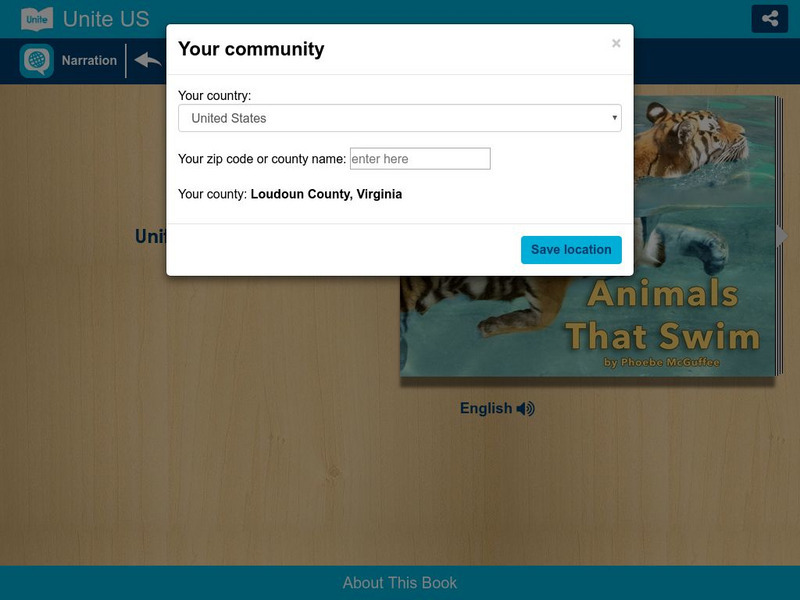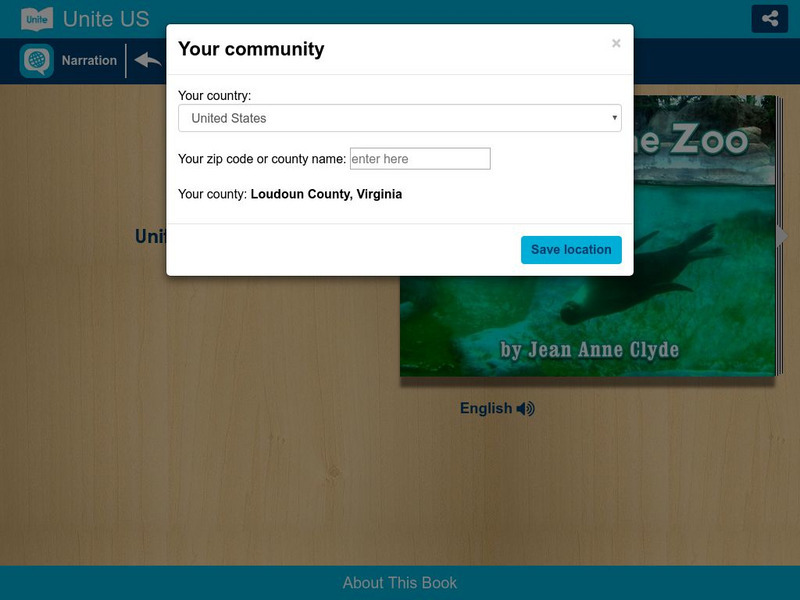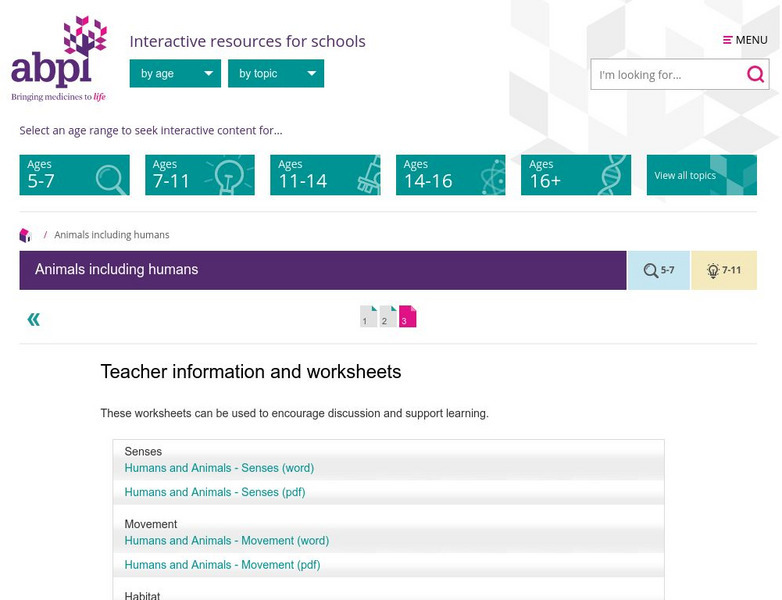Curated OER
Does It Move On It's Own?
Young scientists look at drawings of six animals, then match up a word that describes how they move. The words are: hop, crawl, swim, fly, run, and jump. They also answer two additional questions about the animals and how they move. A...
Curated OER
Walk Like Animals
There's nothing like a good movement activity for young learners. In this one, everyone pretends to be a certain kind of animal and moves in a way that the animal really does. First, a brainstorm session is held where the kids name the...
Curated OER
A Matter of Survival
Fourth graders dance with inspiration from wild animals. In this creative movement lesson plan, 4th graders watch a video clip and then move like an animal might move in their natural surroundings.
Curated OER
Move it Like An Animal
Students investigate how animals move. In this animals lesson plan, students use pictures of animals and demonstrate how each of them moves from place to place.
Curated OER
Animal Movements
Students discuss the behavior of different animals and how they move. They explore the ways that this helps them live and find food in their environment. They participate in a game that requires them to mimic the ways in which animals move.
Curated OER
Animal Movements
Students evaluate biology by identifying animal anatomy. In this animal characteristic lesson, students examine pictures of horses, rabbits, bees and other animals while discussing their method of transportation. Students listen to an...
Curated OER
Do the Locomotion with Me
Fourth graders listen to a reading of In the Snow Who's Been Here? They experiment with making tracks by painting the bottom of their shoes and making tracks using different forms of locomotion. They apply what they know to winter...
Science Buddies
Science Buddies: The Swimming Secrets of Duck Feet
By comparing the feet of different water birds you can discover how they propel the birds through the water. This Science Buddies project show you how to modify swim fins to simulate ducks' feet, greebes' feet, and the feet of...
Unite for Literacy
Unite for Literacy: Animals: Animals in Motion
Learn the words to describe how different animals move. The book includes audio narration in English, Turkish, and Spanish with text in English.
Unite for Literacy
Unite for Literacy: Animals: Animals That Swim
Read about some of the animals that you might not expect to be swimmers. Includes audio narration in 7 additional languages with text in English.
Unite for Literacy
Unite for Literacy: Healthy Me: Moving at the Zoo
Look at the many different types of animal movement that you can see at the zoo. Book includes audio narration in 17 additional languages with text in English.
E-learning for Kids
E Learning for Kids: Science: Bay of Whales: Calculating Speed
Amelia is a researcher. She studies the speed of animals. Join her in Antarctica to help her figure these calculations.
The Association of the British Pharmaceutical Industry
Abpi: Active Science Modules: Humans and Animals Worksheets
Activities to accompany the Active science learning modules.
Utah Education Network
Uen: Can You Do It? I Can Do It!
In this lesson students focus on physical movement while they make the same movements different animals would make.
TED Talks
Ted: Ted Ed: Why Do Animals Form Swarms?
Maria R. D'Orsogna shares why members of a swarm follow simple rules: travel in the same direction as those around you, stay close and avoid collisions.
















